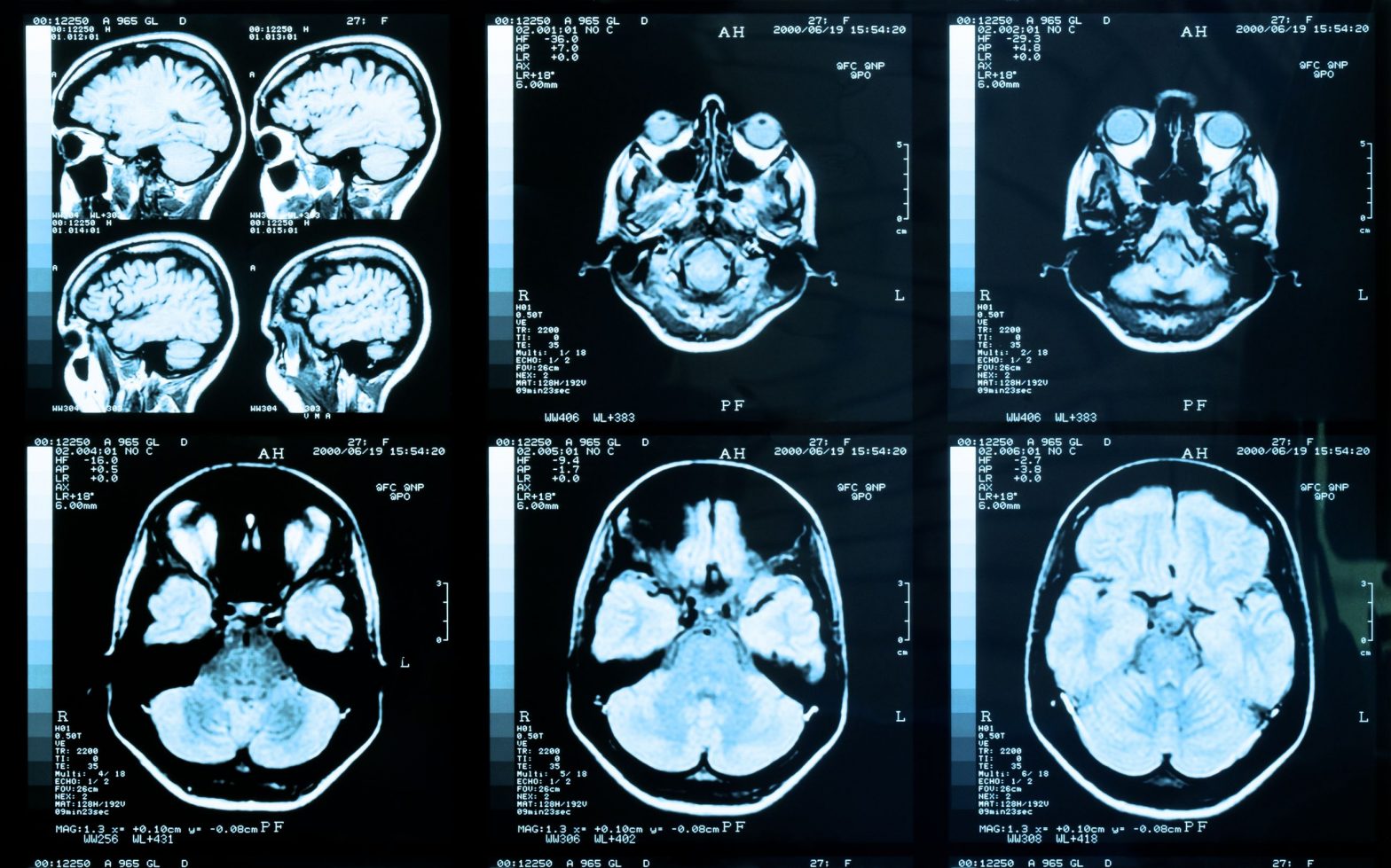Orbit MRI examination
Orbit MRI examination can be used to diagnose ocular and orbital lesions, optic nerve atrophy and inflammation, ocular muscle thickening, ocular and orbital gland tumors and other diseases.
In case the doctor ordered the scan to examine a tumor, after the administration of a contrast agent, the tumor areas become visible, and the extent of the process can be judged with great accuracy.

What kind of preparation is needed?
Prior to an MRI examination, it is always recommended to consult your doctor for details, but native examinations does not require special preparation.
Do not eat for six hours before an examination carried out with a contrast agent.
It is important to know that due to the strong magnetic field, it is forbidden to bring any device or object containing metal into the examination room. This also applies to jewelry and piercings in the body.
It is necessary to remove make-up during an eye examination, because due to the metal content of some products, erroneous formulas may appear on the image.
Does it have any side effects?
Unlike CT, MRI does not involve radiation exposure (a safer alternative for pregnant women after the first trimester). The risk of an allergic reaction is minimal when using contrast agent.
How is the Orbit MRI examination performed?
MRI equipment resembles a large, thick ring with a table at the bottom on which you lie motionless on your back while the machine takes pictures.
The Orbit MR is done with your eyes closed and it is important not to move your eyeballs.
In the MRI machine you hear knocking machine sounds, but its intensity can be reduced by using earplugs. The Medicover MR device is called a closed device, so the patient may feel closed. During the examination, the patient does not feel pain.
When cannot the Orbit MRI examination be performed?
Magnetically responsive materials incorporated into the body (joint prosthesis, nail, screw, metal valve, pacemaker, vasoconstrictor, implant, etc.) can move out of place during the examination. In severe cases, this may cause injury and make the MR image invaluable. Please always tell the MRI assistant in advance if you have any metal devices in your body.

Today, after surgeries, patients receive a document stating whether or not they can be examined with MRI with the built-in implant. We ask our dear Patients to bring this document with them in all cases.
The test cannot be performed if the nature of the injury is such that there is a presumed metal-containing foreign body in the eye socket – which can even be metal shards! To rule out the presence of metal, an orbital CT scan should be performed first, and if there is no metal in the orbital area, an orbit MR can be performed.
When should you expect your results?
The completed recording will be reviewed by a radiologist and the result will be available in our online system after 5 workdays.
